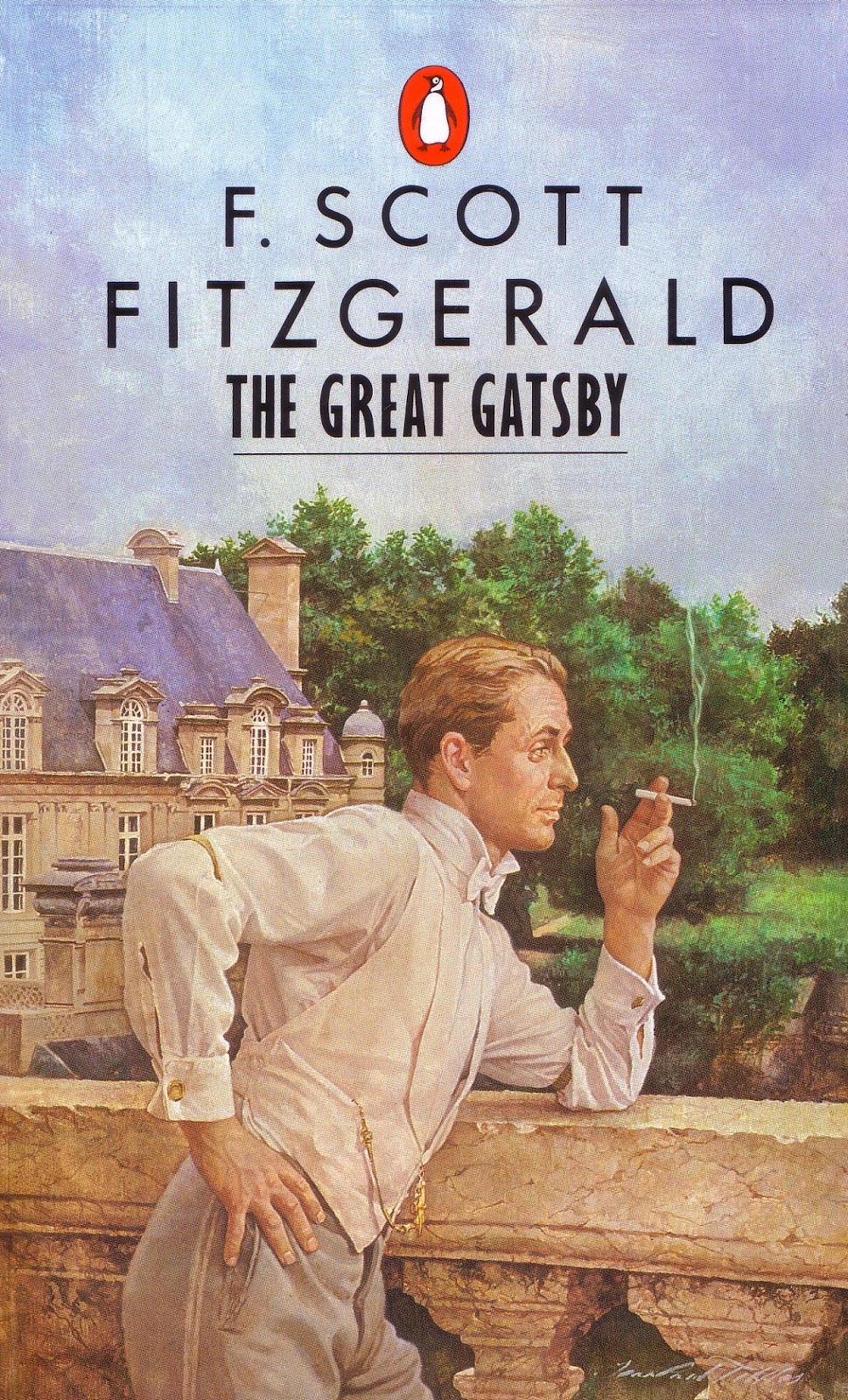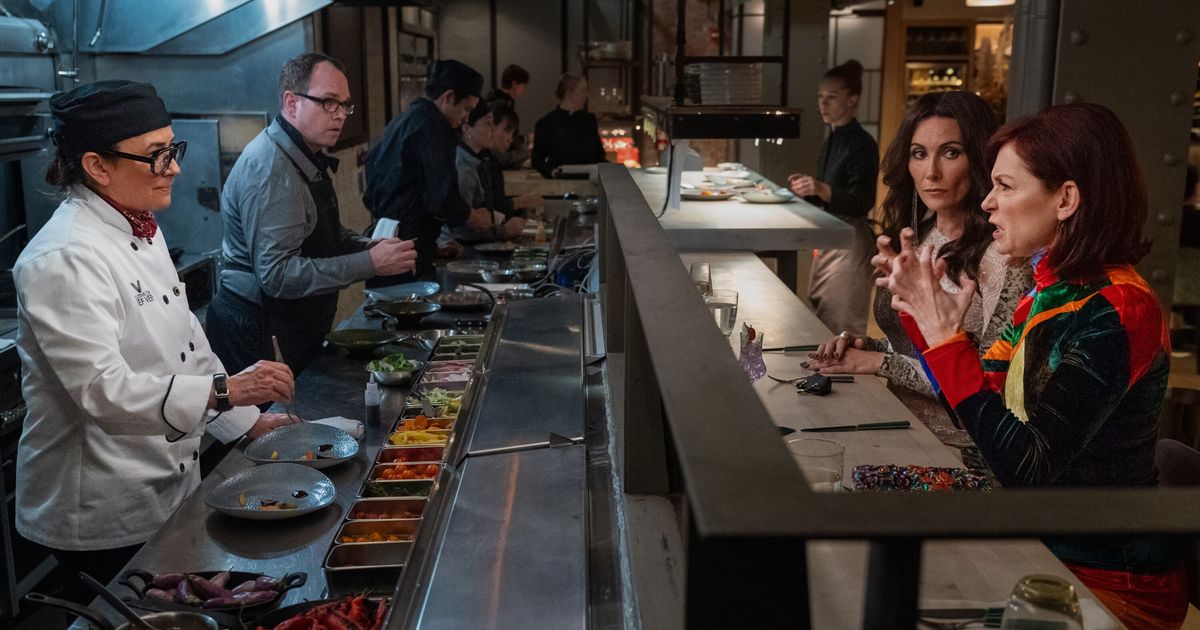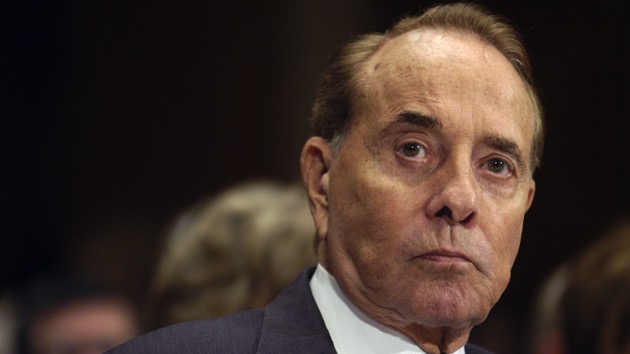The Real Men Behind The Great Gatsby: Unmasking F. Scott Fitzgerald's Inspirations

Table of Contents
The Prototype: Examining the Influence of Fitzgerald's Own Life
Jay Gatsby's character is undeniably intertwined with the life and aspirations of F. Scott Fitzgerald himself. Fitzgerald's own relentless pursuit of the American Dream, marked by ambition, wealth, and a complex romantic life, mirrors Gatsby's journey in many striking ways. The parallels between author and character offer a compelling lens through which to understand the novel's enduring power.
-
Fitzgerald's fascination with wealth and status: Fitzgerald, himself captivated by the lavish lifestyles of the wealthy elite, projected this fascination onto Gatsby, creating a character obsessed with achieving a certain social standing. He craved the acceptance and recognition that came with wealth, a desire mirrored in Gatsby's relentless pursuit of Daisy Buchanan.
-
His tumultuous relationship with Zelda Sayre and its reflection in Gatsby's love for Daisy: Fitzgerald's passionate but complicated relationship with Zelda Sayre, a Southern belle, provided a template for Gatsby's unwavering devotion to Daisy. The obstacles they faced – social class differences, Zelda's hesitations – find echoes in Gatsby's struggle to win Daisy's heart.
-
His struggles with alcoholism and its impact on his personal and professional life: Fitzgerald's battles with alcoholism cast a shadow over his life, impacting his relationships and creative output. While not explicitly depicted in Gatsby's character, the underlying themes of self-destruction and the corrosive effects of ambition resonate with Fitzgerald's own experiences.
-
The autobiographical elements woven into the narrative: Numerous elements of Fitzgerald's own life, from his time in the military to his social circles, find subtle reflections in the novel. This blending of reality and fiction adds layers of depth and complexity to the narrative, allowing readers to connect with the characters on a deeply personal level.
The Mysterious Millionaires: Real-Life Figures Who Shaped Gatsby's Persona
Beyond Fitzgerald's own life, several real-life figures from the Roaring Twenties likely influenced Gatsby's persona. The era was awash with newly rich individuals, many of whom made their fortunes through less-than-legitimate means. These individuals, with their extravagant lifestyles and mysterious pasts, provided rich material for Fitzgerald's imagination.
-
Specific examples of wealthy men Fitzgerald knew: While pinpointing precise individuals is difficult, Fitzgerald undoubtedly drew inspiration from the wealthy socialites and entrepreneurs he encountered in his life. The flamboyant lifestyles and questionable origins of some of these individuals likely contributed to the ambiguous nature of Gatsby's wealth.
-
Analysis of their lifestyles and how these characteristics manifested in Gatsby's portrayal: The lavish parties, opulent mansion, and the air of mystery surrounding Gatsby's wealth all reflect the extravagance and secrecy often associated with the wealthy elite of the Jazz Age. Fitzgerald masterfully captured the allure and the dark underbelly of this lifestyle.
-
Discussion of the Roaring Twenties' culture of excess and its impact on Gatsby's character: The culture of excess and hedonism that defined the Roaring Twenties was a critical element in shaping Gatsby’s character. The era’s emphasis on materialism and the pursuit of pleasure is evident in Gatsby’s lavish lifestyle and his unwavering pursuit of Daisy.
Gatsby's Business Acumen: Inspired by Bootleggers and Entrepreneurs
Gatsby’s wealth remains shrouded in mystery, fueling speculation about its origins. The Prohibition era, with its rampant bootlegging and underground economy, provides a likely source for his immense fortune. Fitzgerald cleverly uses this ambiguity to highlight the moral complexities of the era and the characters within it.
-
Discussion of the Prohibition era and its impact on the accumulation of wealth: The Prohibition era created a lucrative black market, generating immense wealth for those willing to break the law. This illegal activity provided fertile ground for the creation of a character like Gatsby, whose wealth is both alluring and morally questionable.
-
Examples of prominent bootleggers and their influence on Gatsby's persona: While not directly naming specific bootleggers, the aura of mystery and illegality surrounding Gatsby’s wealth strongly suggests influence from the powerful figures who controlled the illegal liquor trade.
-
Exploration of the moral ambiguities surrounding Gatsby's wealth and its implications: Gatsby's wealth is a central theme in the novel, highlighting the moral compromises often made in pursuit of the American Dream. The ambiguity surrounding its origins adds depth to his character, making him both fascinating and tragic.
Beyond the Myths: Deconstructing the Legend of Jay Gatsby
The real-life inspirations behind Jay Gatsby contributed significantly to the creation of the Gatsby myth, a legend that continues to resonate with readers today. His enduring appeal lies in his representation of the American Dream, its unattainability, and the complexities of the human spirit.
-
Gatsby as a symbol of the American Dream and its unattainability: Gatsby embodies the American Dream—the pursuit of wealth, status, and love—but his ultimate failure demonstrates the dream's often-elusive nature. This resonates with readers across generations.
-
The enduring power of the novel's themes: love, loss, ambition, and the pursuit of happiness: The novel explores universal themes that transcend time and place, making it relevant to contemporary readers. The complexities of love, the pain of loss, the allure of ambition, and the elusive nature of happiness are all central to the narrative.
-
The legacy of Gatsby's character and his continued presence in popular culture: Gatsby’s enduring legacy is evident in his continued presence in popular culture. He remains a powerful symbol of ambition, idealism, and the tragic consequences of pursuing an unattainable dream.
Conclusion
By exploring the lives of the real men who influenced F. Scott Fitzgerald, we gain a deeper understanding of the complexities of Jay Gatsby. The novel's enduring appeal stems from its reflection of real-life experiences and the timeless pursuit of the American Dream. The connection between reality and fiction enriches our interpretation of Gatsby's enigmatic character.
Call to Action: Delve deeper into the fascinating world of The Great Gatsby and uncover more hidden connections between the novel and its real-life inspirations. Explore further research on the real men behind The Great Gatsby to gain a richer understanding of this literary masterpiece. Discover the true story behind the legend of Jay Gatsby and the men who helped shape him.

Featured Posts
-
 Leveraged Semiconductor Etfs Understanding Recent Market Volatility
May 13, 2025
Leveraged Semiconductor Etfs Understanding Recent Market Volatility
May 13, 2025 -
 What Does Ethan Slaters Character Add To Elsbeth Season 2 Episode 17
May 13, 2025
What Does Ethan Slaters Character Add To Elsbeth Season 2 Episode 17
May 13, 2025 -
 Longtime Portola Valley Public Servant Sue Crane Dies At 92
May 13, 2025
Longtime Portola Valley Public Servant Sue Crane Dies At 92
May 13, 2025 -
 Is Den Of Thieves 2 On Netflix This Week Your Streaming Guide
May 13, 2025
Is Den Of Thieves 2 On Netflix This Week Your Streaming Guide
May 13, 2025 -
 Big Issue Announces Winner Of Childrens Competition
May 13, 2025
Big Issue Announces Winner Of Childrens Competition
May 13, 2025
